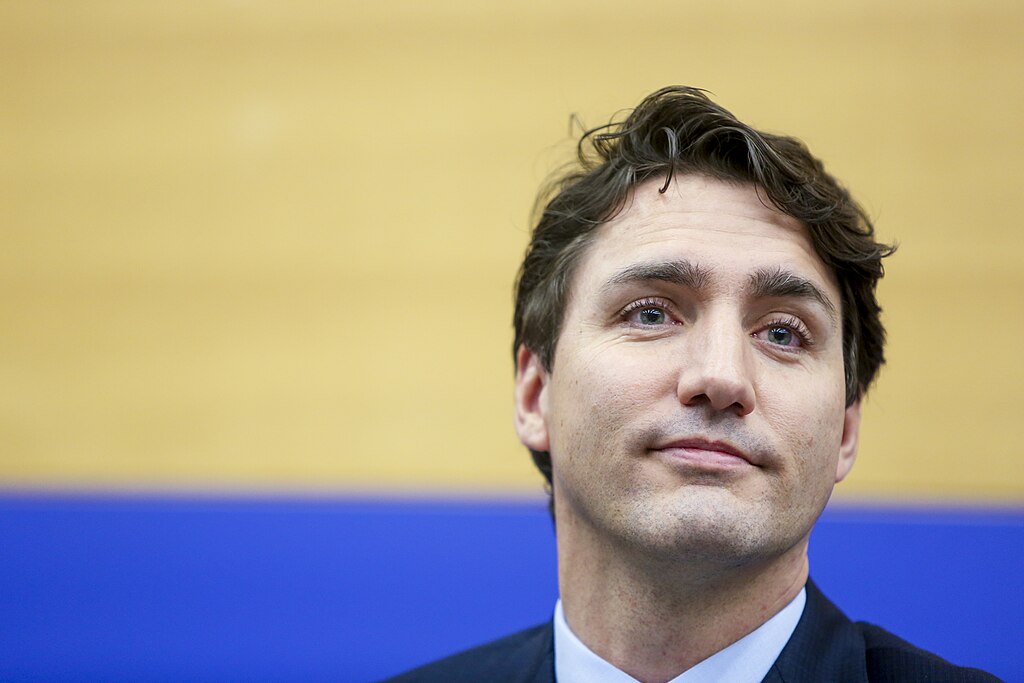Canadian Prime Minister Justin Trudeau has unveiled a groundbreaking immigration policy, signaling a significant shift in the nation’s approach to welcoming newcomers. The policy outlines substantial reductions in both permanent and temporary residents over the next three years, a move that has ignited sharp debates across the political spectrum.
The announcement marks a departure from Canada’s long-standing reputation as a global leader in immigration. Historically, Canada has relied on high immigration rates to address labor shortages and fuel economic growth. Trudeau, however, cited concerns over housing shortages, infrastructure strain, and rising public opposition as key drivers behind the decision.
Details of the Policy
Under the new plan, annual immigration targets will see a sharp decline beginning in 2025. The federal government aims to reduce permanent resident admissions by nearly 20% from previously planned levels. Temporary foreign worker programs and international student admissions will also face significant cuts, with the number of new entries expected to drop by over 15%.
The government defended the move as necessary to address growing public concerns. “Canada’s resources are finite,” a spokesperson for the Prime Minister's Office said. “This policy ensures that we balance population growth with sustainable development.”
Critics Slam the Decision
The policy has drawn criticism from immigration advocates, economists, and even some members of Trudeau's own party. Opponents argue that scaling back immigration could exacerbate existing labor shortages and hinder economic recovery. “Immigration is vital to Canada’s economic success,” said one opposition leader. “Reducing it during a time of global competition for talent is shortsighted.”
Business leaders have also voiced concerns, warning that curbing temporary foreign worker programs could disrupt key industries, including agriculture, construction, and healthcare. International students, who contribute billions to the Canadian economy, are another group expected to be significantly affected.
Meanwhile, advocacy groups warned the policy could harm Canada’s international reputation. “This sends a troubling message to the world,” said a spokesperson for a leading refugee organization. “Canada is retreating from its role as a global humanitarian leader.”
Supporters Praise “Responsible Governance”
On the other side of the debate, proponents of the policy have lauded Trudeau’s government for taking what they describe as a pragmatic approach. Housing affordability and infrastructure capacity were cited as critical issues, particularly in urban centers such as Toronto and Vancouver.
“This policy prioritizes Canadians first,” one supporter said. “Addressing the housing crisis and ensuring quality of life for residents must come before increasing immigration numbers.”
Trudeau’s government emphasized that the reductions are temporary and subject to annual reviews. Officials hinted that immigration levels could rise again once Canada’s housing and infrastructure challenges are addressed.
What’s Next?
As the new immigration policy takes shape, the Trudeau government faces mounting pressure to navigate competing priorities. With upcoming elections, the issue is set to dominate political discourse, polarizing voters across the nation.
For now, Canada braces for the immediate impacts of the policy, with critics and supporters watching closely as the nation’s immigration future hangs in the balance.



 Trump Sues BBC for Defamation Over Edited Capitol Riot Speech Clip
Trump Sues BBC for Defamation Over Edited Capitol Riot Speech Clip  NSW to Recall Parliament for Urgent Gun and Protest Law Reforms After Bondi Beach Shooting
NSW to Recall Parliament for Urgent Gun and Protest Law Reforms After Bondi Beach Shooting  Taiwan Political Standoff Deepens as President Lai Urges Parliament to Withdraw Disputed Laws
Taiwan Political Standoff Deepens as President Lai Urges Parliament to Withdraw Disputed Laws  Ukraine Claims First-Ever Underwater Drone Strike on Russian Missile Submarine
Ukraine Claims First-Ever Underwater Drone Strike on Russian Missile Submarine  Jimmy Lai Convicted Under Hong Kong National Security Law in Landmark Case
Jimmy Lai Convicted Under Hong Kong National Security Law in Landmark Case  U.S. Suspends UK Technology Deal Amid Trade Disputes Under Trump Administration
U.S. Suspends UK Technology Deal Amid Trade Disputes Under Trump Administration  Trump Weighs Reclassifying Marijuana as Schedule III, Potentially Transforming U.S. Cannabis Industry
Trump Weighs Reclassifying Marijuana as Schedule III, Potentially Transforming U.S. Cannabis Industry  Korea Zinc Plans $6.78 Billion U.S. Smelter Investment With Government Partnership
Korea Zinc Plans $6.78 Billion U.S. Smelter Investment With Government Partnership  Lukashenko Urges Swift Ukraine Peace Deal, Backs Trump’s Push for Rapid Resolution
Lukashenko Urges Swift Ukraine Peace Deal, Backs Trump’s Push for Rapid Resolution  Syria Arrests Five Suspects After Deadly Attack on U.S. and Syrian Troops in Palmyra
Syria Arrests Five Suspects After Deadly Attack on U.S. and Syrian Troops in Palmyra  Hong Kong Democratic Party Disbands After Member Vote Amid Security Crackdown
Hong Kong Democratic Party Disbands After Member Vote Amid Security Crackdown  Lukashenko Says Maduro Welcome in Belarus Amid Rising U.S.-Venezuela Tensions
Lukashenko Says Maduro Welcome in Belarus Amid Rising U.S.-Venezuela Tensions  Federal Judge Declines to Immediately Halt Trump’s $300 Million White House Ballroom Project
Federal Judge Declines to Immediately Halt Trump’s $300 Million White House Ballroom Project  Ukraine’s NATO Concession Unlikely to Shift Peace Talks, Experts Say
Ukraine’s NATO Concession Unlikely to Shift Peace Talks, Experts Say  Pakistan’s Army Chief Faces Gaza Troop Dilemma Amid US Pressure
Pakistan’s Army Chief Faces Gaza Troop Dilemma Amid US Pressure  Trump Administration Moves to Keep TransAlta Coal Plant Running Amid Rising AI Power Demand
Trump Administration Moves to Keep TransAlta Coal Plant Running Amid Rising AI Power Demand 































